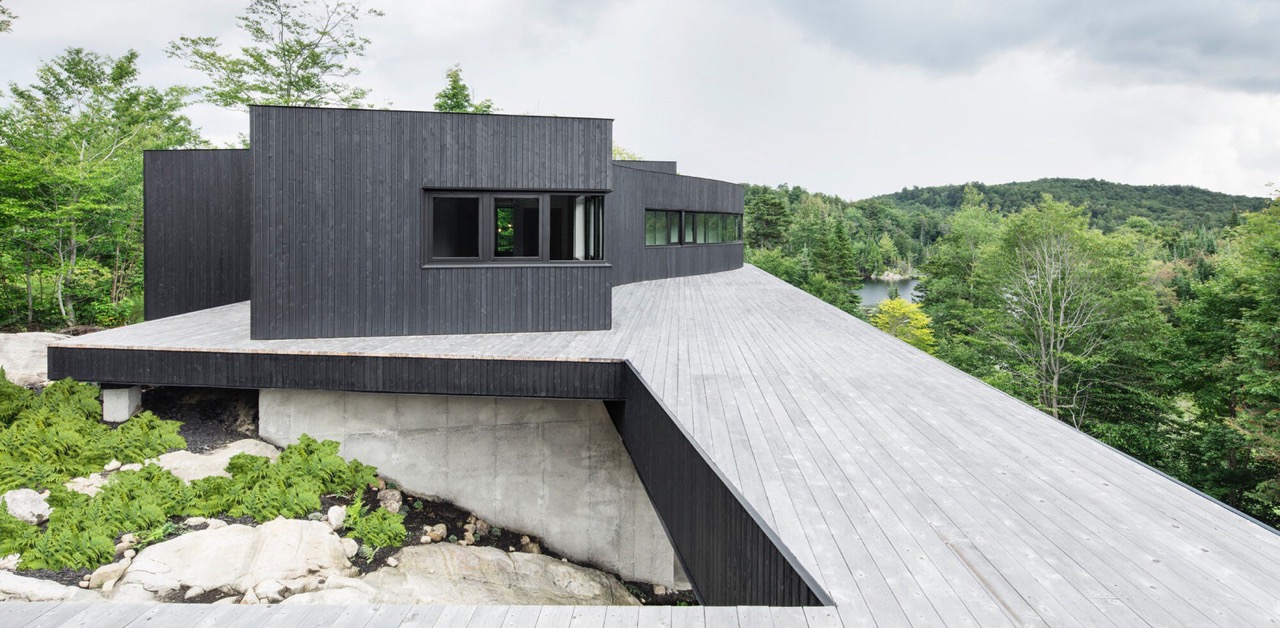

Articles
Wood Siding: A Visual Guide To Siding Options
Modified: October 21, 2024
Explore different wood siding options with our visual guide. From cedar to pine, discover articles that cover everything you need to know about wood siding.
(Many of the links in this article redirect to a specific reviewed product. Your purchase of these products through affiliate links helps to generate commission for Storables.com, at no extra cost. Learn more)
Introduction
When it comes to siding options for your home, wood siding is a classic choice that brings natural beauty and timeless appeal. With its warmth, versatility, and ability to blend seamlessly with various architectural styles, wood siding has remained a popular option for homeowners throughout the years. In this visual guide, we will explore different types of wood siding and their unique characteristics, helping you make an informed decision for your home’s exterior.
Wood siding offers a wide range of options, from traditional cedar siding to more contemporary engineered wood siding. Each type of wood siding has its own advantages and considerations. By understanding the various options available, you can select the right type of wood siding that meets your aesthetic preferences, budget, and maintenance requirements.
In the following sections, we will dive into the details of each type of wood siding, highlighting their key features and benefits. Whether you’re aiming for a rustic look with log siding or a sleek modern appearance with fiber cement siding, this guide will provide you with the information you need to choose the perfect wood siding for your home.
Key Takeaways:
- Wood siding offers a diverse range of options, from the timeless elegance of cedar to the low-maintenance appeal of vinyl, allowing homeowners to find the perfect balance of beauty and practicality for their homes.
- Each type of wood siding, whether it’s the rustic charm of log siding or the sleek modern look of metal siding, brings its own unique benefits and aesthetic appeal, providing homeowners with a wide array of choices to enhance their homes’ exteriors.
Read more: How To Clean Wood Siding
Cedar Siding
Cedar siding is highly regarded for its natural beauty, durability, and resistance against rot and insects. It has been a popular choice for homeowners who appreciate the warmth and character that wood brings to their homes. One of the key benefits of cedar siding is its natural resistance to decay and moisture, making it an excellent option for areas with high humidity or harsh weather conditions.
Not only is cedar siding durable, but it also offers excellent insulation properties, helping to lower energy costs and create a more comfortable living environment. Its ability to regulate moisture and temperature makes it a reliable choice, especially in regions with extreme temperature fluctuations.
There are two main types of cedar siding: cedar shakes and cedar shingles. Cedar shakes are thicker and have a rougher texture, providing a more rustic and textured appearance. On the other hand, cedar shingles are thinner and smoother, offering a more refined and classic look.
One of the advantages of cedar siding is its natural resistance to insects, such as termites and carpenter ants. This can save homeowners from the hassle and expense of dealing with pest infestations. Additionally, cedar has natural preservatives that make it resistant to rot, decay, and fungal growth, ensuring its longevity and durability.
However, it’s important to note that cedar siding requires regular maintenance to keep its natural beauty and prevent it from weathering. Periodic staining or painting is necessary to protect the wood from UV rays and moisture. Without proper maintenance, cedar siding can gray or develop cracks over time.
Despite the maintenance requirements, cedar siding remains a popular choice due to its timeless elegance and natural charm. It adds warmth and character to any home, enhancing its curb appeal and value. Whether you prefer cedar shakes or shingles, this type of wood siding will undoubtedly make a statement and create a welcoming atmosphere.
Vinyl Siding
Vinyl siding has become an increasingly popular choice among homeowners for its durability, low maintenance requirements, and wide range of design options. Made from PVC (polyvinyl chloride) resin, vinyl siding offers a cost-effective and versatile solution for enhancing the appearance of your home’s exterior.
One of the key advantages of vinyl siding is its low maintenance requirements. Unlike wood siding that needs regular staining or painting, vinyl siding is designed to be virtually maintenance-free. It does not require any sanding, sealing, or repainting, saving homeowners time and money in the long run.
Vinyl siding is also known for its durability and resistance to harsh weather conditions. It can withstand strong winds, heavy rains, and extreme temperatures without warping, fading, or cracking. Additionally, vinyl siding is resistant to pests, such as termites and carpenter ants, ensuring that your home remains protected.
One of the reasons why vinyl siding is a popular choice is its wide range of design options. It is available in various colors, textures, and profiles, allowing homeowners to choose a style that suits their personal preferences and complements the architectural style of their home. Whether you prefer a classic clapboard design or a more modern board and batten look, vinyl siding offers flexibility in design choices.
In terms of installation, vinyl siding is relatively easy and quick to install compared to other siding materials. It typically comes in pre-cut panels that can be easily fitted onto the exterior of your home. This makes vinyl siding a popular choice for homeowners looking to undertake a DIY project or minimize installation costs.
Despite its many advantages, it’s important to note that vinyl siding can be susceptible to fading and discoloration over time, especially in areas with intense sunlight exposure. However, advancements in manufacturing techniques have led to the development of fade-resistant vinyl siding options, mitigating this issue to a certain degree.
Overall, vinyl siding offers homeowners a cost-effective, low maintenance, and visually appealing option for their home’s exterior. Its durability, versatility, and wide range of design choices make it a popular choice among homeowners looking to enhance the aesthetics and durability of their homes.
Fiber Cement Siding
Fiber cement siding is a durable and versatile siding option that offers the look of wood siding without the high maintenance requirements. Made from a mixture of cement, sand, and cellulose fibers, fiber cement siding provides an attractive and long-lasting solution for homeowners.
One of the key advantages of fiber cement siding is its exceptional durability. It is resistant to rot, insects, and fire, making it an ideal choice for areas prone to extreme weather conditions. Fiber cement siding is also resistant to warping, cracking, and fading, ensuring its longevity and maintaining its aesthetic appeal over time.
In terms of appearance, fiber cement siding can mimic the look of traditional wood siding, clapboard, shingles, or even stucco. It offers a wide range of design options, allowing homeowners to achieve the desired look for their home exterior. The texture and grain of fiber cement siding resemble wood, providing a natural and authentic appearance.
Additionally, fiber cement siding is low maintenance compared to wood siding. It does not require regular painting or staining, and it is not susceptible to insect damage or decay. However, occasional cleaning and inspections are recommended to ensure that the siding remains in optimal condition.
Installing fiber cement siding requires professional expertise due to its weight and composition. It is important to hire experienced contractors who have the knowledge and skills to handle the installation process properly. When installed correctly, fiber cement siding can provide excellent insulation, helping to improve energy efficiency and reduce heating and cooling costs.
While fiber cement siding offers numerous benefits, it’s important to consider a few factors before choosing this option. Fiber cement siding can be more expensive than other siding materials, such as vinyl or wood. Additionally, the dust generated during the cutting or drilling process of fiber cement siding may contain small amounts of crystalline silica, which can be harmful if inhaled. Therefore, it is essential to take proper safety precautions during the installation process.
Overall, fiber cement siding is a durable and visually appealing option for homeowners who desire the look of wood siding without the high maintenance requirements. Its resistance to the elements, versatility in design, and longevity make it a popular choice for enhancing the exterior of residential properties.
Engineered Wood Siding
Engineered wood siding is a composite siding material that combines the natural beauty and warmth of wood with the added benefits of durability and resistance to the elements. It is made from wood strands or fibers that are bonded together with resin and treated to enhance their strength and performance.
One of the key advantages of engineered wood siding is its exceptional durability. It is engineered to resist warping, cracking, and rotting, making it a long-lasting option for homeowners. Engineered wood siding is also designed to withstand impact from hail or other objects, providing enhanced protection for your home.
Engineered wood siding offers a wide range of design options, allowing homeowners to achieve the desired look for their home’s exterior. It can be produced in various textures, profiles, and finishes to mimic the appearance of traditional wood siding. Whether you prefer a smooth finish or a textured look, engineered wood siding can be customized to suit your aesthetic preferences.
Another advantage of engineered wood siding is its sustainability. Engineered wood siding is typically made from fast-growing tree species, such as pine, which are more readily available and renewable compared to slow-growing hardwoods. Additionally, the manufacturing process of engineered wood siding involves using recycled wood fibers or by-products, reducing waste and promoting environmental sustainability.
Engineered wood siding is relatively low maintenance compared to traditional wood siding. It does not require regular staining or painting, and it is resistant to insect damage and decay. However, occasional cleaning and inspections are recommended to ensure its longevity and optimal performance.
Installation of engineered wood siding should be done by experienced professionals to ensure proper installation and avoid any potential issues. Proper installation techniques, such as using a moisture barrier and following manufacturer guidelines, are crucial for optimal performance and durability.
It is important to note that engineered wood siding can be more expensive than some other siding options, such as vinyl or fiber cement. However, it offers the aesthetic appeal of natural wood siding with added durability and longevity.
Overall, engineered wood siding provides homeowners with a durable, sustainable, and visually appealing option for their home’s exterior. Its ability to mimic the look of traditional wood siding, along with its resistance to the elements, makes it a popular choice among homeowners seeking a balance between aesthetics and practicality.
Read more: How To Install Wood Siding
Log Siding
Log siding is a unique and rustic siding option that brings the charm and beauty of log cabins to any home. It replicates the appearance of traditional stacked log construction but in a more convenient and cost-effective way. This type of siding allows homeowners to achieve the cozy and inviting feel of a log cabin without the high maintenance and cost associated with full log construction.
One of the key advantages of log siding is its distinctive and timeless aesthetic. It adds a natural and rustic look to any home, creating a warm and welcoming atmosphere. Log siding comes in various profiles and textures, such as round logs or hewn logs, allowing homeowners to achieve their desired aesthetic for their home’s exterior.
Log siding is typically made from wood or engineered wood, providing the authentic appearance of logs with added durability and stability. Engineered log siding is designed to resist warping, cracking, and decay, making it a long-lasting option for homeowners.
Log siding provides excellent insulation properties. The natural thickness of the logs helps to regulate temperature and conserve energy, resulting in potential cost savings on heating and cooling bills. This can make log siding a great choice for homeowners looking to improve their home’s energy efficiency.
While log siding offers many benefits, it is important to consider a few factors before choosing this option. Log siding requires regular maintenance to protect it from moisture, UV rays, and potential insect infestations. Staining or sealing the siding periodically will help maintain its appearance and protect it from the elements.
Installation of log siding should be done by experienced professionals, as proper techniques and sealing are required to ensure the siding’s longevity and performance. It is essential to follow manufacturer guidelines and recommendations for installation and maintenance to maximize the benefits of log siding.
Overall, log siding provides homeowners with the opportunity to achieve the classic and cozy look of a log cabin without the high maintenance and cost associated with full log construction. Its natural and timeless appeal, along with its durability and insulation properties, make it a popular choice for those seeking a rustic and inviting exterior for their home.
When choosing wood siding, consider the climate and maintenance requirements. Some woods are better suited for certain climates and may require more maintenance than others.
Shingle Siding
Shingle siding is a versatile and visually appealing siding option that adds character and charm to any home’s exterior. It is known for its classic and timeless look, often associated with coastal or cottage-style homes. Shingle siding is typically made from wood, but it can also be found in vinyl or fiber cement options.
One of the main advantages of shingle siding is its aesthetic appeal. The overlapping shingles create a visually interesting texture and pattern, adding depth and dimension to the home’s facade. Shingle siding is available in various styles, including traditional rectangular shingles, rounded-edge shingles, or even scalloped shingles, allowing homeowners to customize the look to suit their preferences.
Shingle siding provides a natural and rustic appearance that complements both traditional and modern architectural styles. Whether you’re looking to achieve a coastal, cottage, or craftsman look, shingle siding offers a range of design options to create the desired aesthetic for your home.
Wood shingle siding is often preferred for its authenticity and natural beauty. Cedar is a popular choice due to its durability, resistance to decay, and insect repellent properties. Wood shingles can be stained or painted to enhance their appearance and protect against weathering.
However, it’s important to note that wood shingles require regular maintenance to preserve their beauty and prevent damage. Periodic cleaning, staining, or painting is necessary to protect the wood from moisture, UV rays, and potential insect infestations. This maintenance routine helps to extend the lifespan of the shingle siding and maintain its visual appeal.
Vinyl and fiber cement shingle siding options are also available for homeowners seeking low maintenance alternatives. Vinyl shingles require minimal upkeep and are resistant to rot, insects, and fading. Fiber cement shingles offer the look of wood without the associated maintenance, as they are resistant to moisture, warping, and decay.
When it comes to installation, shingle siding can be labor-intensive. Proper installation techniques, such as overlapping the shingles correctly and ensuring proper ventilation, are crucial to maintain the siding’s integrity and prevent moisture-related issues.
In summary, shingle siding brings a timeless and classic look to any home’s exterior. Its versatility, texture, and range of design options make it a popular choice for homeowners looking to enhance the aesthetic appeal of their homes. Whether you opt for wood, vinyl, or fiber cement shingles, this type of siding will surely elevate the overall look and feel of your home.
Plywood Siding
Plywood siding is a cost-effective and durable siding option that provides a clean and contemporary look to any home’s exterior. It is made from thin layers of wood veneer that are glued together, resulting in a strong and stable panel. Plywood siding offers several benefits, including affordability, versatility, and ease of installation.
One of the main advantages of plywood siding is its affordability. Compared to other siding options, such as cedar or fiber cement, plywood siding is a budget-friendly choice that doesn’t compromise on quality. It allows homeowners to achieve the look of wood siding at a fraction of the cost.
Plywood siding is also versatile in terms of its appearance. It comes in various finishes and textures, including smooth, textured, and grooved, allowing homeowners to select the style that best suits their preferences and the architectural style of their home. Plywood siding can be painted or stained to match any color scheme, providing flexibility in design choices.
Installation of plywood siding is relatively easy, making it a popular choice for DIY enthusiasts. The panels are lightweight and can be easily cut to fit the desired dimensions. Plywood siding can be applied directly to the exterior walls of the house, either with nails or screws. However, it is recommended to hire experienced professionals for larger or more complex projects to ensure accurate installation and proper sealing.
Plywood siding offers decent durability, especially when properly maintained. Regular maintenance, including painting or staining, is necessary to protect the wood from moisture, UV rays, and potential rot. Additionally, plywood siding should be inspected periodically for any signs of damage or deterioration and repaired promptly to maintain its integrity.
While plywood siding provides a cost-effective option, it may not offer the same level of insulation as other siding materials. Additional insulation materials may need to be installed beneath the plywood siding to improve energy efficiency and thermal performance.
Overall, plywood siding is a practical and budget-friendly choice for homeowners looking to enhance the exterior of their homes. Its affordability, versatility, and ease of installation make it an appealing option. With regular maintenance and proper installation, plywood siding can provide a clean and attractive look that lasts for many years.
Stucco Siding
Stucco siding is a popular choice for homeowners seeking a durable and low maintenance option that offers a unique and textured look for their home’s exterior. It is a mixture of cement, sand, lime, and water that is applied to the exterior walls and then cured to create a hard and durable finish.
One of the main advantages of stucco siding is its exceptional durability. Once properly applied and cured, stucco siding can withstand various weather conditions, including strong winds, heavy rains, and extreme temperatures. It is resistant to fire, rot, and pests, making it a long-lasting option for homeowners.
Stucco siding provides a seamless and smooth appearance that enhances the architectural features of a home. It can be applied in various textures and finishes, such as smooth or textured, allowing homeowners to achieve the desired look for their homes. Stucco siding is also available in a wide range of colors, providing versatility in design choices.
Stucco siding is relatively low maintenance compared to other siding options. It does not require regular painting or staining, and it is resistant to insect damage and decay. Occasional cleaning with water and mild detergent is usually sufficient to keep the stucco siding looking clean and fresh.
Installation of stucco siding should be done by experienced professionals to ensure the proper application and curing process. Improper installation can lead to cracks or other issues that may compromise the durability and appearance of the siding. It is essential to follow proper installation and maintenance guidelines to prevent any potential problems.
One consideration when choosing stucco siding is its vulnerability to moisture damage. To mitigate this, a moisture barrier should be installed beneath the stucco to prevent water infiltration. Regular inspections for cracks or damage and timely repairs are necessary to maintain the integrity of the stucco siding.
Overall, stucco siding offers homeowners a durable, low maintenance, and visually appealing option for their home’s exterior. Its seamless finish, wide range of colors and textures, and longevity make it a popular choice for those seeking a unique and textured look that can withstand the test of time.
Read more: What Is Engineered Wood Siding
Metal Siding
Metal siding is a durable and modern option for homeowners looking for a sleek and contemporary look for their home’s exterior. It offers a range of benefits, including longevity, low maintenance requirements, and excellent resistance to the elements.
One of the key advantages of metal siding is its exceptional durability. Metal is highly resistant to warping, cracking, rot, and insect damage, making it a long-lasting option for homeowners. It can withstand harsh weather conditions, including strong winds, heavy rains, and snow, without deteriorating or losing its structural integrity.
Metal siding provides excellent protection against fire and is non-combustible, making it a particularly popular choice for homeowners in fire-prone areas. It is also resistant to moisture, UV rays, and impacts, ensuring that it maintains its appearance and performance for years to come.
Another benefit of metal siding is its low maintenance requirements. It does not require regular painting or staining and can be easily cleaned with water and mild detergent. Metal siding is also resistant to mold and mildew, reducing the need for frequent maintenance tasks.
Metal siding is available in a variety of finishes, including smooth, textured, or embossed, providing versatility in design choices. It can be found in a range of colors, allowing homeowners to achieve the desired aesthetic for their homes. Metal siding can also be customized to mimic the appearance of other materials, such as wood grain or stone textures, providing flexibility in design options.
Installation of metal siding should be done by experienced professionals to ensure proper installation and minimize the risk of leaks or other issues. Proper sealing and waterproofing techniques are important to prevent water penetration and maintain the longevity of the siding. It is also crucial to follow manufacturer guidelines and recommendations to ensure optimal performance.
One consideration with metal siding is its potential for noise amplification during heavy rain or hail storms. However, advancements in insulation materials and installation techniques have helped mitigate this issue, providing a quieter and more comfortable living environment.
In summary, metal siding offers homeowners a durable, low maintenance, and modern option for their home’s exterior. Its longevity, resistance to the elements, and versatility in design make it a popular choice for those seeking a sleek and contemporary look that can withstand the test of time.
Stone Veneer Siding
Stone veneer siding is a highly desirable option for homeowners seeking to add a touch of elegance and natural beauty to their home’s exterior. Made from thin slices of natural stone or manufactured stone, stone veneer siding provides the timeless appeal of stone without the weight or cost associated with full stone masonry.
One of the main advantages of stone veneer siding is its aesthetic appeal. It adds a distinctive and luxurious look to any home, enhancing its curb appeal and value. Stone veneer siding comes in various textures and colors, allowing homeowners to choose a style that complements the architectural design of their home.
Stone veneer siding offers the authentic appearance of natural stone, as it is made from real stone or designed to closely resemble it. The choice of natural or manufactured stone allows homeowners to achieve their desired look while considering factors such as cost, availability, and maintenance requirements.
Stone veneer siding is relatively lightweight compared to full stone masonry, making it easier to handle and install. It can be applied to various substrates, such as wood, concrete, or even existing siding, making it a versatile option for both new construction and remodeling projects. The installation process involves attaching the stone veneer panels to the substrate using mortar, adhesive, or a combination of both.
One of the benefits of stone veneer siding is its low maintenance requirements. Unlike full stone masonry, which may require regular sealing and maintenance, stone veneer siding is generally resistant to staining, fading, and cracking. Occasional cleaning with water and mild detergent is typically sufficient to keep the siding looking its best.
Stone veneer siding offers excellent durability and can withstand the elements, including harsh weather conditions. It is resistant to fire, rot, and pest damage, ensuring that it remains structurally sound for years to come. It also provides a high level of insulation, helping to improve energy efficiency and reduce heating and cooling costs.
While stone veneer siding offers numerous benefits, it is important to consider the overall weight of the materials and consult with professionals to ensure that the structure of the home can support the additional load. Hiring experienced contractors for installation is recommended to ensure proper techniques and the best aesthetic results.
In summary, stone veneer siding provides homeowners with the opportunity to add a touch of luxury and sophistication to their home’s exterior. Its unique and natural beauty, combined with its durability and low maintenance requirements, make it a sought-after option for enhancing the overall appearance and value of residential properties.
Conclusion
Choosing the right siding for your home is a crucial decision that affects both its visual appeal and its durability. Throughout this visual guide, we have explored various types of wood siding options, including cedar, vinyl, fiber cement, engineered wood, log, shingle, plywood, stucco, metal, and stone veneer. Each type of siding offers unique characteristics and benefits to consider.
Cedar siding is valued for its natural beauty and resistance to rot and insects. Vinyl siding provides a low-maintenance and cost-effective option with a wide range of design choices. Fiber cement siding offers durability and versatility in design, mimicking the look of traditional wood siding. Engineered wood siding brings the aesthetic appeal of wood with added durability and stability. Log siding provides a rustic and cozy look reminiscent of log cabin homes. Shingle siding offers a classic and timeless appearance with various design options. Plywood siding is an affordable and versatile choice that requires minimal maintenance. Stucco siding provides durability and a seamless, modern look. Metal siding offers a sleek, contemporary appearance that is highly resistant to the elements. Lastly, stone veneer siding adds elegance and natural beauty to any home’s exterior.
When deciding on the right type of siding, it is important to consider factors such as budget, maintenance requirements, durability, and the overall aesthetic you wish to achieve. Consulting with professionals and considering the specific needs of your home will help you make an informed decision.
Regardless of the type of siding you choose, regular maintenance is essential to preserve its beauty and extend its lifespan. This may include cleaning, staining, painting, or repair work when necessary. By properly maintaining your siding, you can ensure its longevity and protect your investment.
In conclusion, wood siding options offer a wide range of choices for homeowners seeking natural beauty, durability, and aesthetic appeal. Whether you opt for the traditional charm of cedar or the sleekness of metal siding, each option has its own unique benefits. With proper installation and maintenance, your chosen siding will enhance the aesthetics of your home’s exterior while providing protection and lasting value.
Frequently Asked Questions about Wood Siding: A Visual Guide To Siding Options
Was this page helpful?
At Storables.com, we guarantee accurate and reliable information. Our content, validated by Expert Board Contributors, is crafted following stringent Editorial Policies. We're committed to providing you with well-researched, expert-backed insights for all your informational needs.
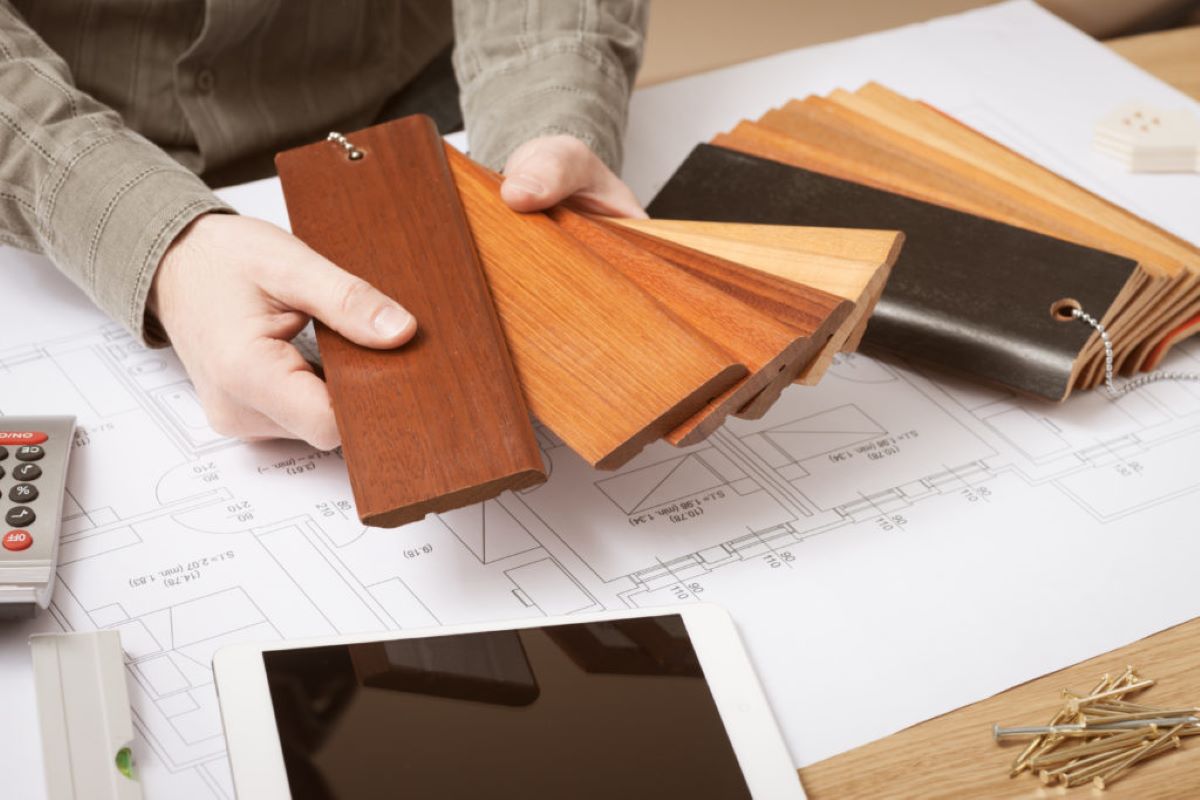
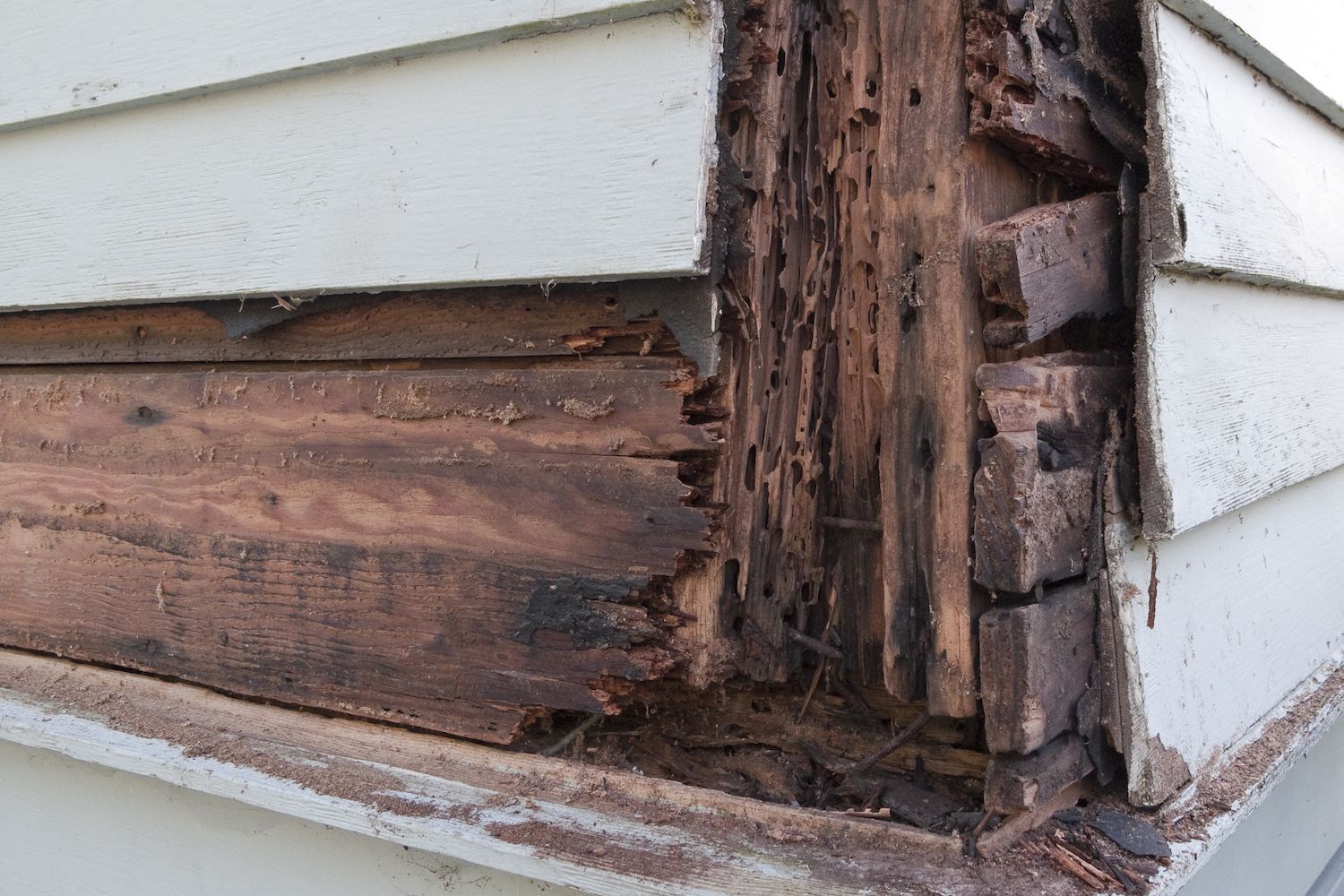
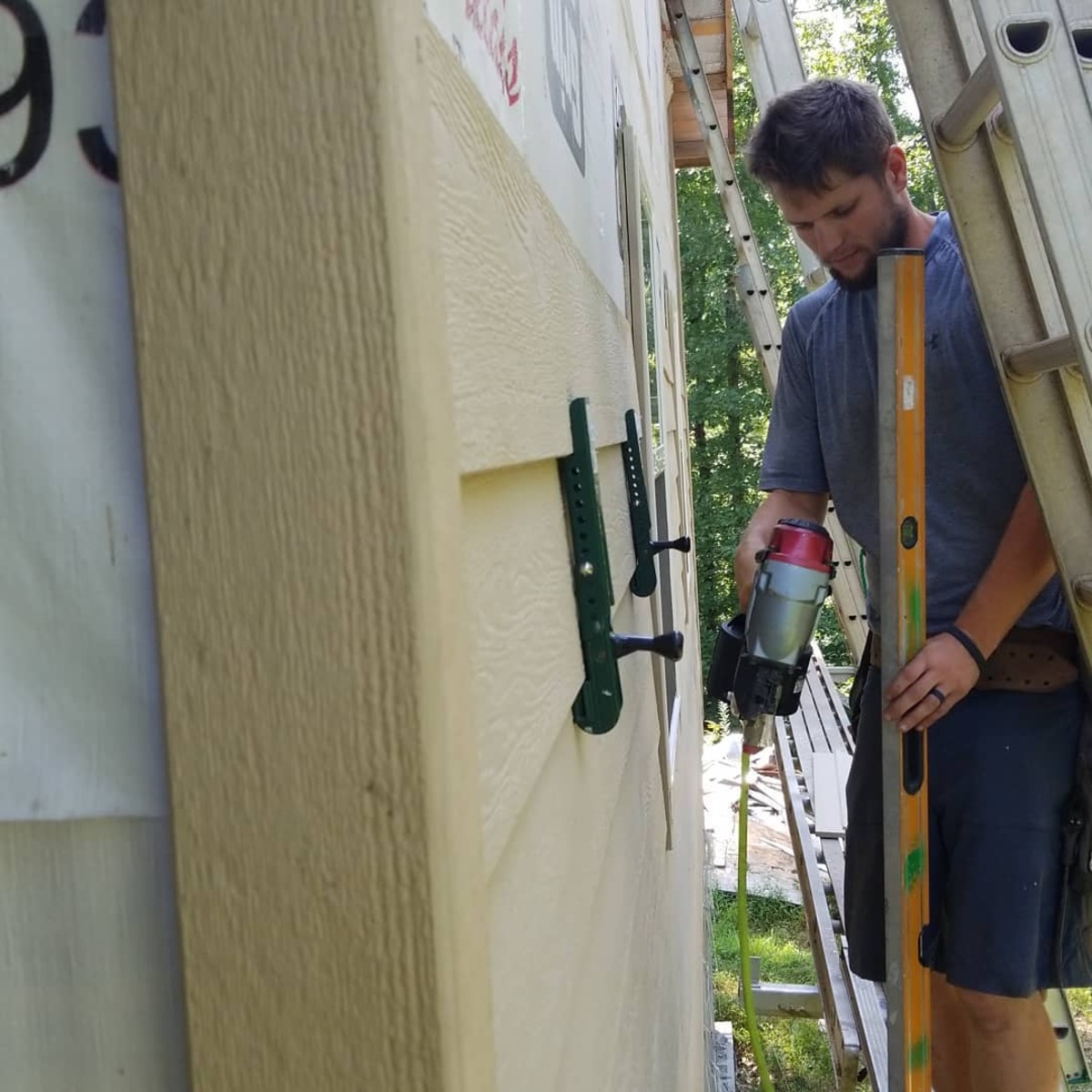
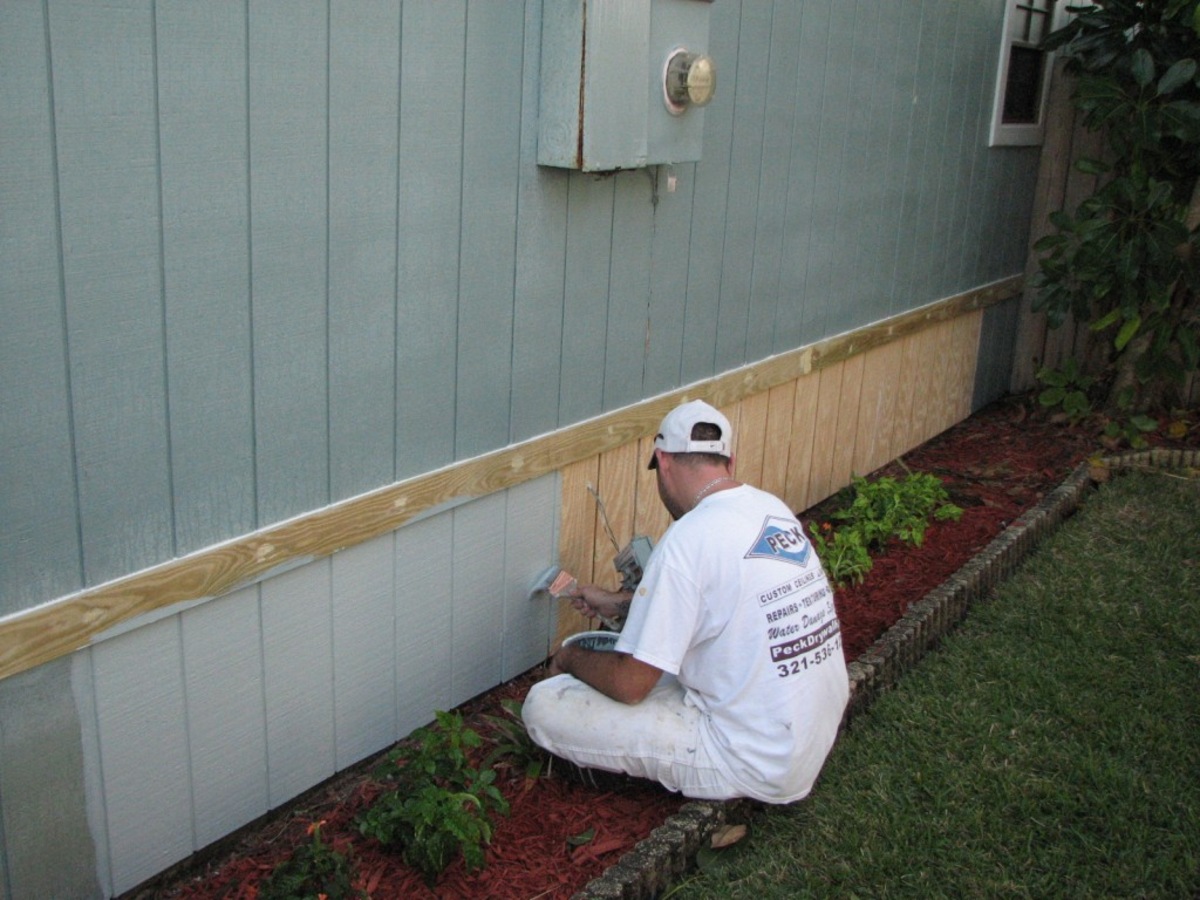
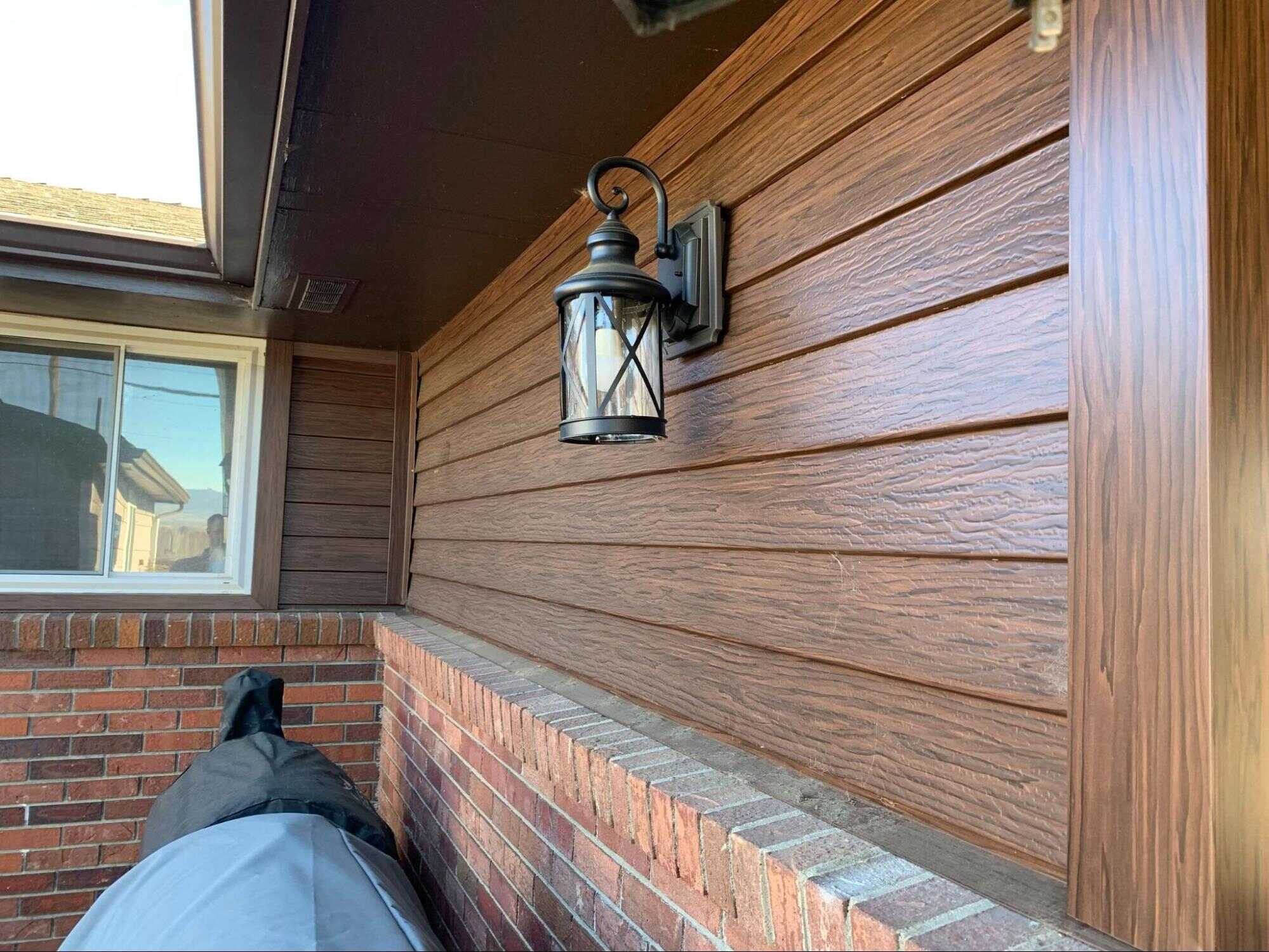
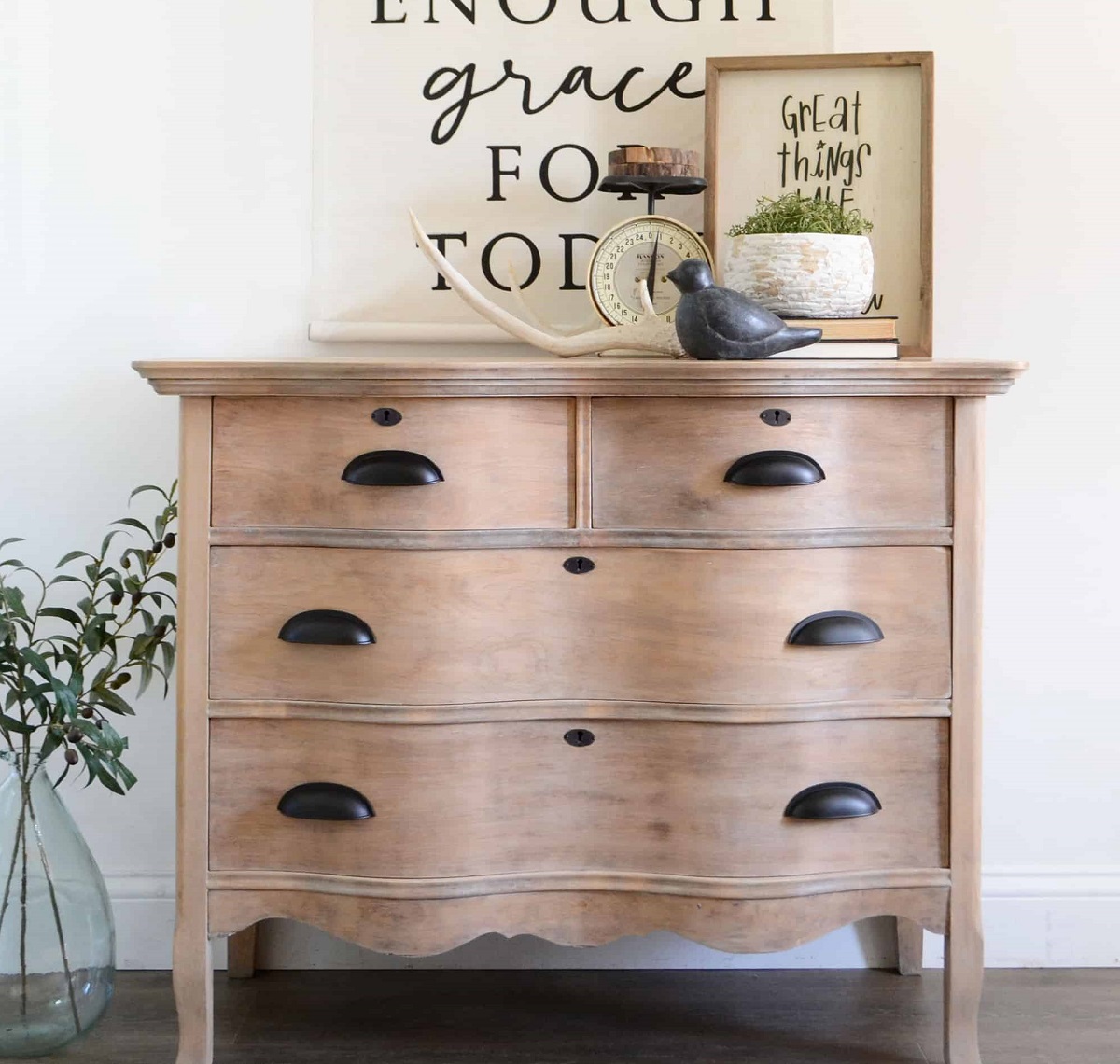
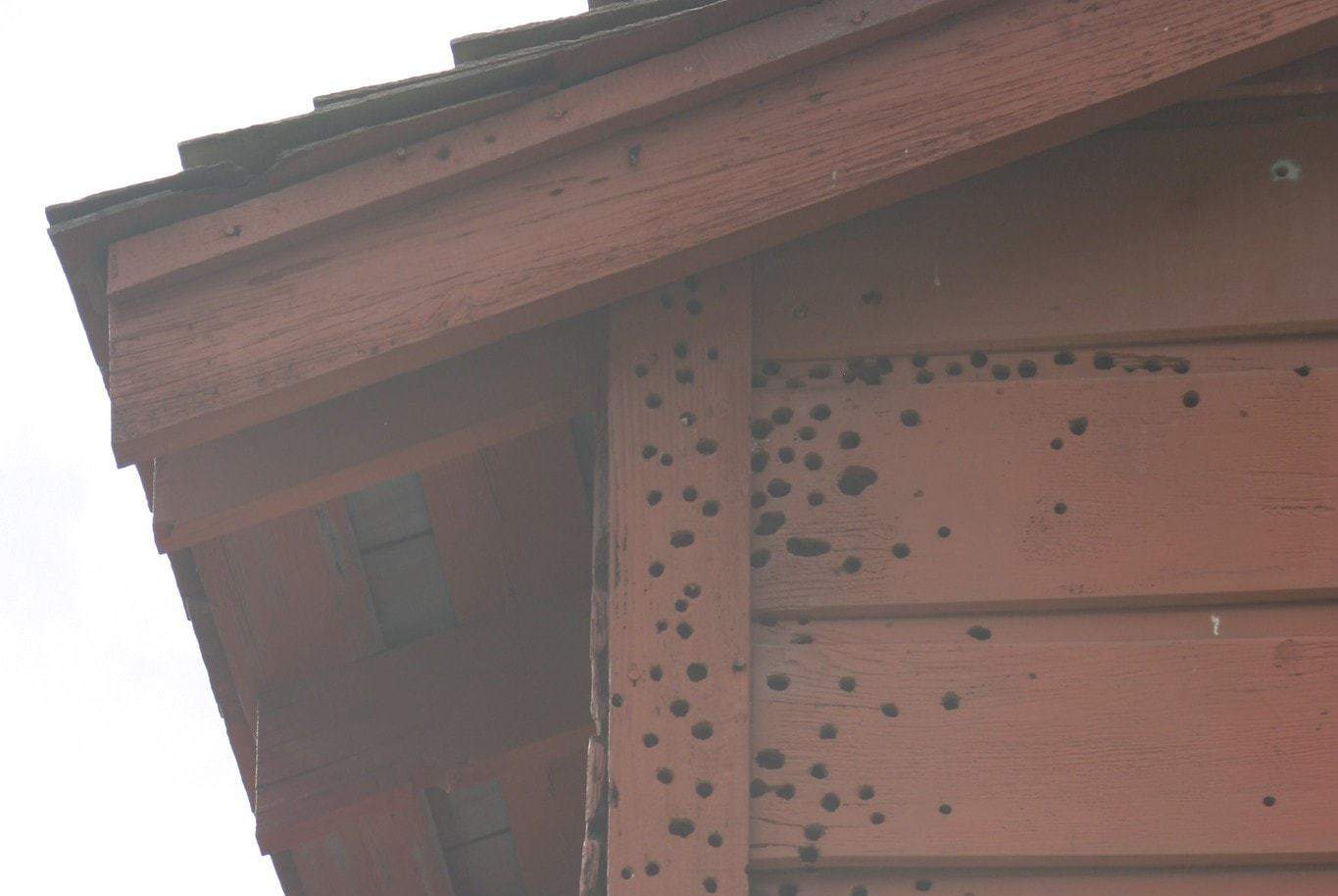

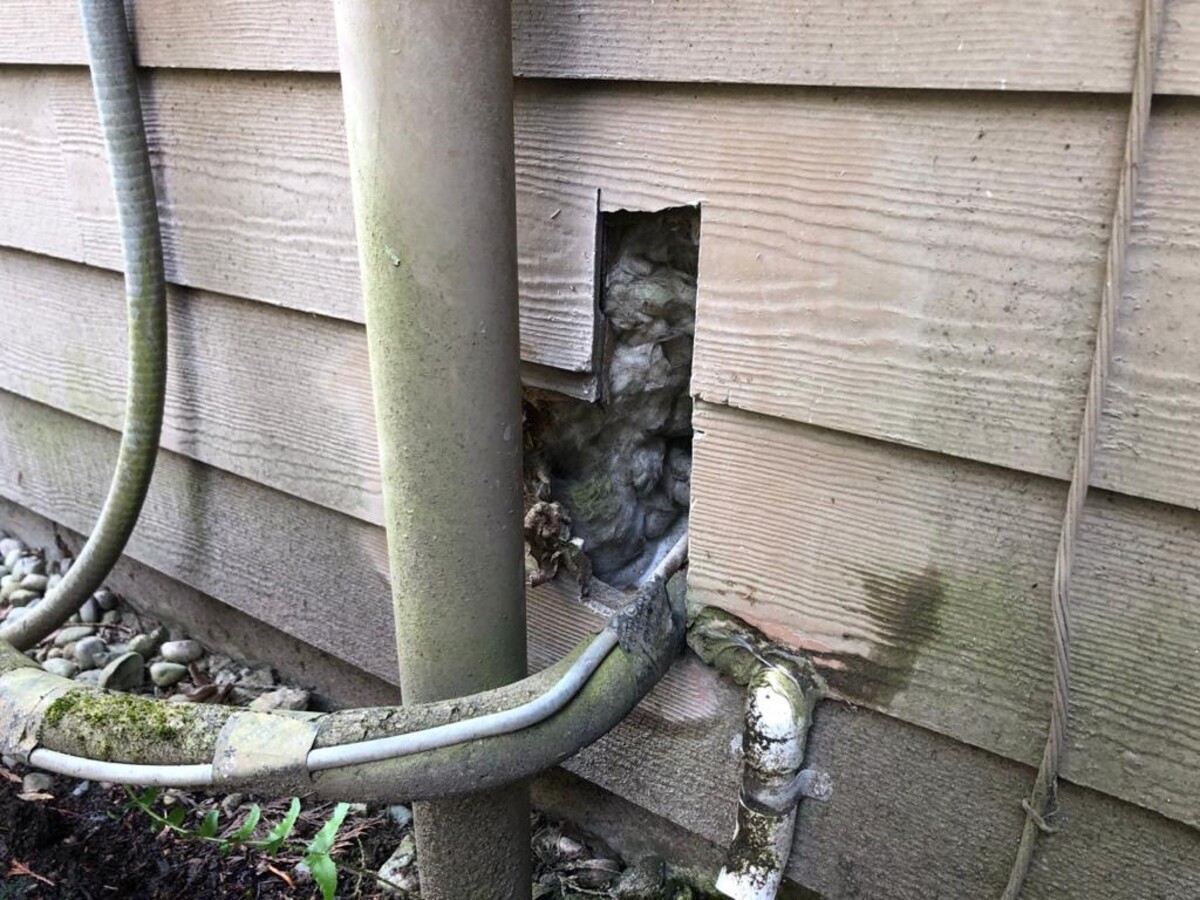
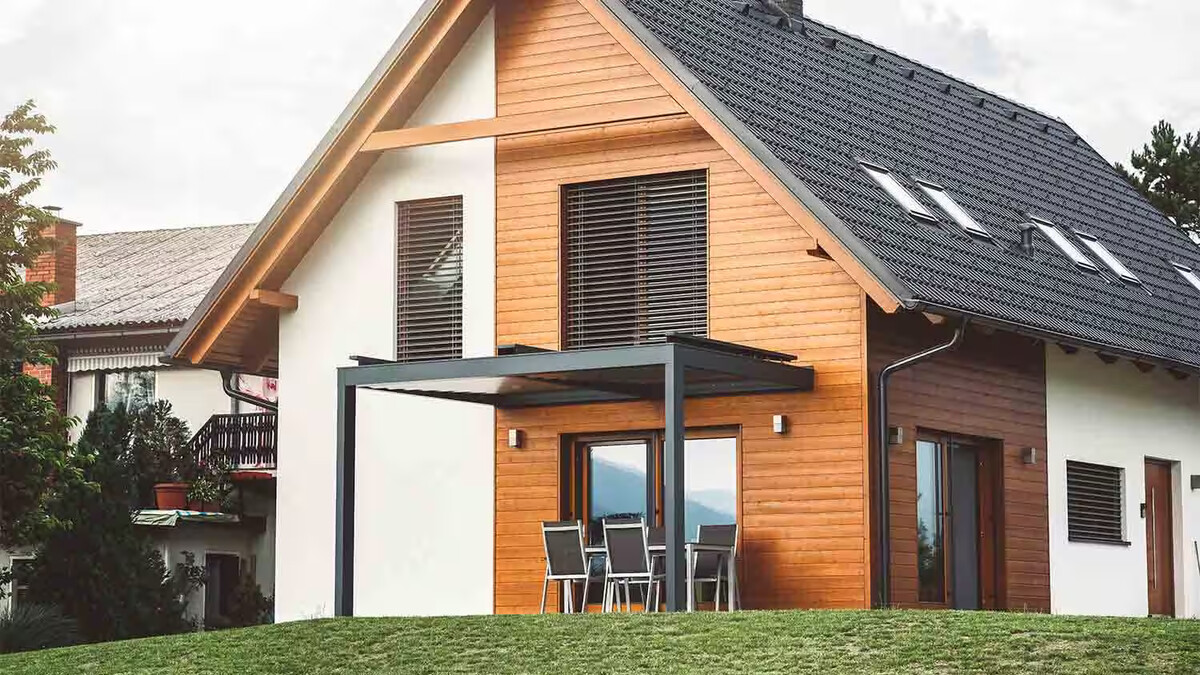
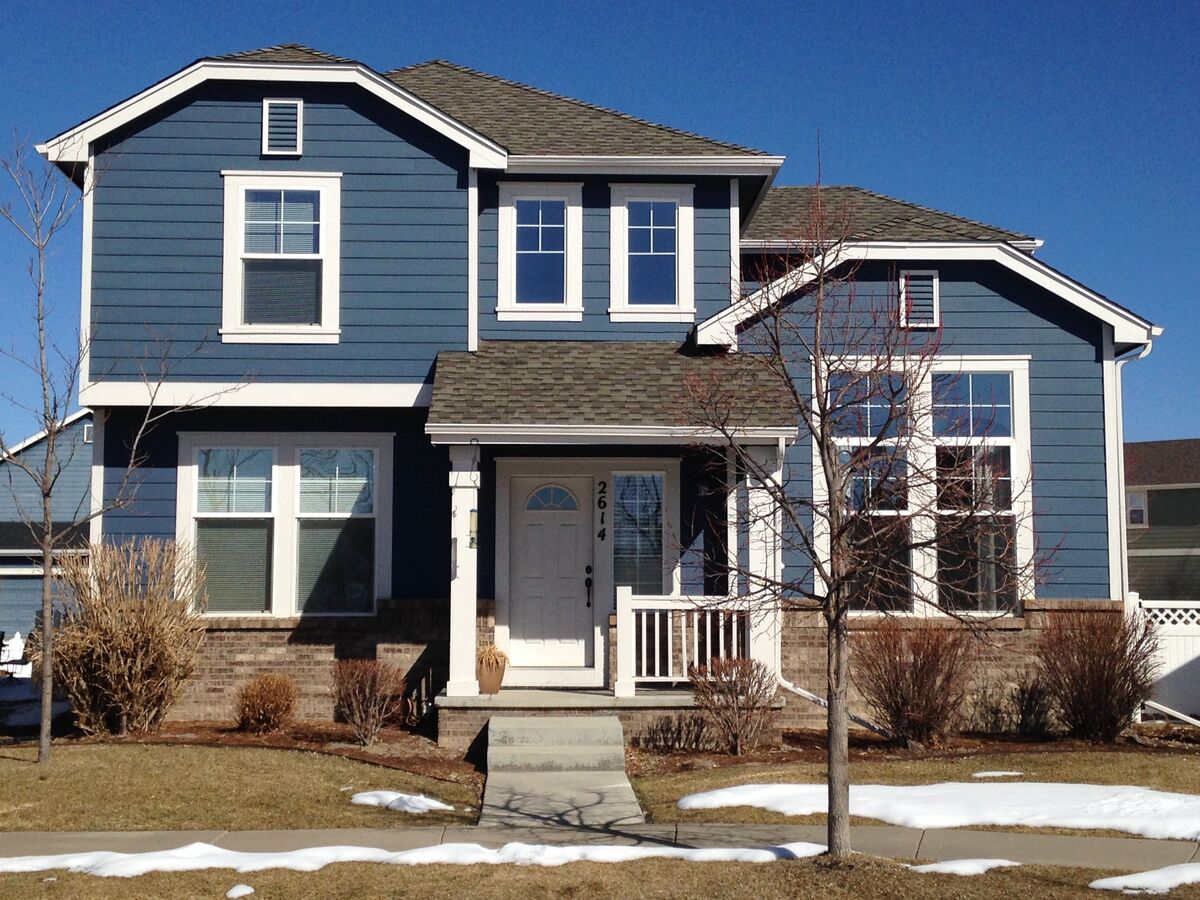
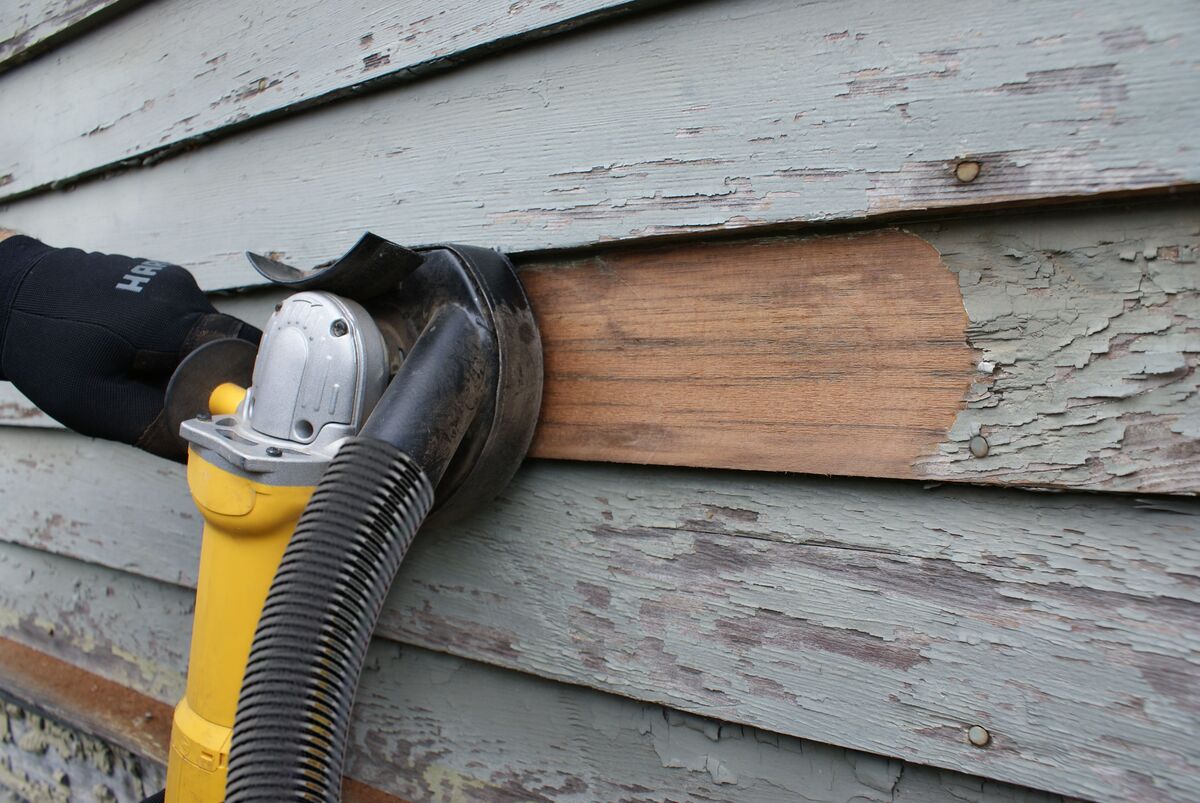


0 thoughts on “Wood Siding: A Visual Guide To Siding Options”